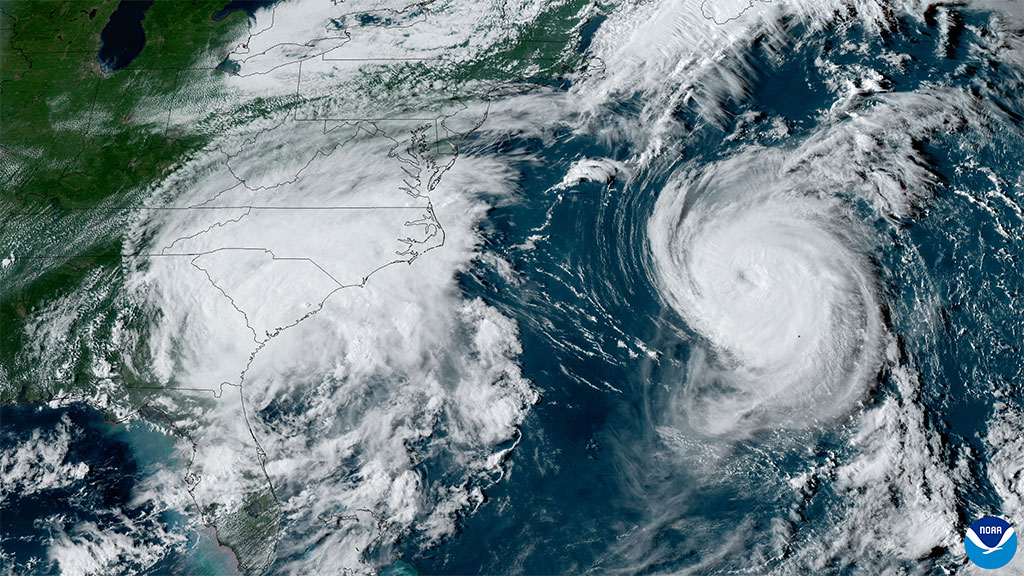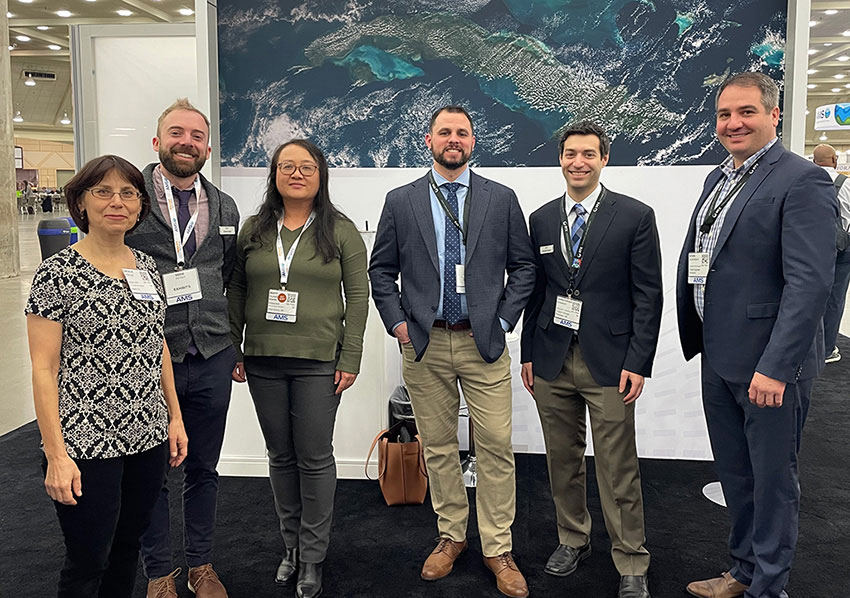JEDI SkyLab Achieves Near-Real-Time Data Assimilation Functionality

JEDI SkyLab can now conduct experiments with newly published data, including near-real-time data assimilation with UFS backgrounds. This allows for a quick evaluation of the impact of new instruments or commercial data in a real-world context before they are integrated into operational systems like the UFS. The ability to rapidly integrate new sensors and conduct experiments with the latest data will play a key role in improving the accuracy of future weather and climate forecasting in the UFS.
UIFCW Student Travel Grant Highlight

This year, the EPIC program office, in partnership with UCAR | CPAESS, offered thirteen travel grants to enable students to attend the Unifying Innovations in Forecasting Capabilities Workshop 2024 (UIFCW24) in Jackson, Mississippi from July 22-26, 2024. These grants gave students with limited access to funding the opportunity to attend the annual workshop in person.
Common Community Physics Package: Fostering Collaborative Development in Physical Parameterizations and Suites

Dr. Ligia Bernardet published an article in the latest issue of the Bulletin of the American Meteorological Society (BAMS) about the Common Community Physics Package (CCPP).
EPIC and GMU Collaboration – Overcoming Academic HPC Challenges

Kris Booker from the EPIC Platform team collaborated with Ben Cash from George Mason University (GMU) to test a proof of concept for running the UFS weather model on academic high-performance computing (HPC) platforms. This project aims to address one of the many challenges in the Unified Forecast System (UFS) community, which is the barrier to entry caused by complex program library requirements in multiuser academic HPC environments.
NOAA Data Assimilation Consortium Launched

Biden-Harris Administration announces $6.6M for new Data Assimilation Consortium to improve weather forecasting through Investing in America agenda. Research findings will be used to improve numerical prediction systems, build international collaborations.
Evaluating Computational Performance in Weather Model Testing

The #BulletinAMS encourages followers to delve into the publication to explore topics such as early warning systems for flash droughts, a comparative study on the fuel efficiency of North Pacific hurricanes versus typhoons, and the development of NOAA EPIC to enhance forecasting capabilities.
Advancing Atmospheric River Predictions Through Collaborative Innovation

EPIC’s Solutions Architect Highlights Advances in Atmospheric River Forecasting
Learn from EPIC’s Solutions Architect, as he discuss the latest advancements in forecasting atmospheric rivers. This article explores the collaborative efforts of EPIC, in collaboration with the NOAA Physical Sciences Laboratory (PSL), NOAA Global Systems Laboratory (GSL), and others, aimed at enhancing the precision of predicting these crucial weather phenomena.
Spack-stack

Explore the latest thoughts from EPIC’s Software Integration Product Owner on spack-stack’s role in environmental modeling. This tool is crucial for organizing software libraries that support the Unified Forecast System (UFS), and other applications, helping to improve system efficiency and forecasting accuracy.
EPIC at the 104th AMS Annual Meeting

The Earth Prediction Innovation Center (EPIC) attended the 104th American Meteorological Society (AMS) Annual Meeting from January 27 to February 1, 2024 in Baltimore, Maryland and engaged the community in a number of EPIC ways. The Annual Meeting provides a forum for the community to share ideas and experiences on the research and development of Earth system models and their applications in operational forecasting.
EPIC celebrates the appointment of Dr. DaNa Carlis as the director of the National Severe Storms Laboratory (NSSL)

The EPIC Team was so excited to hear about Dr. DaNa Carlis’ appointment as the next director of the National Severe Storms Laboratory (NSSL), which is headquartered in his home state of Oklahoma! When EPIC was established a few years ago, DaNa’s visionary leadership as EPIC’s founding program manager transformed the program from a nascent […]



